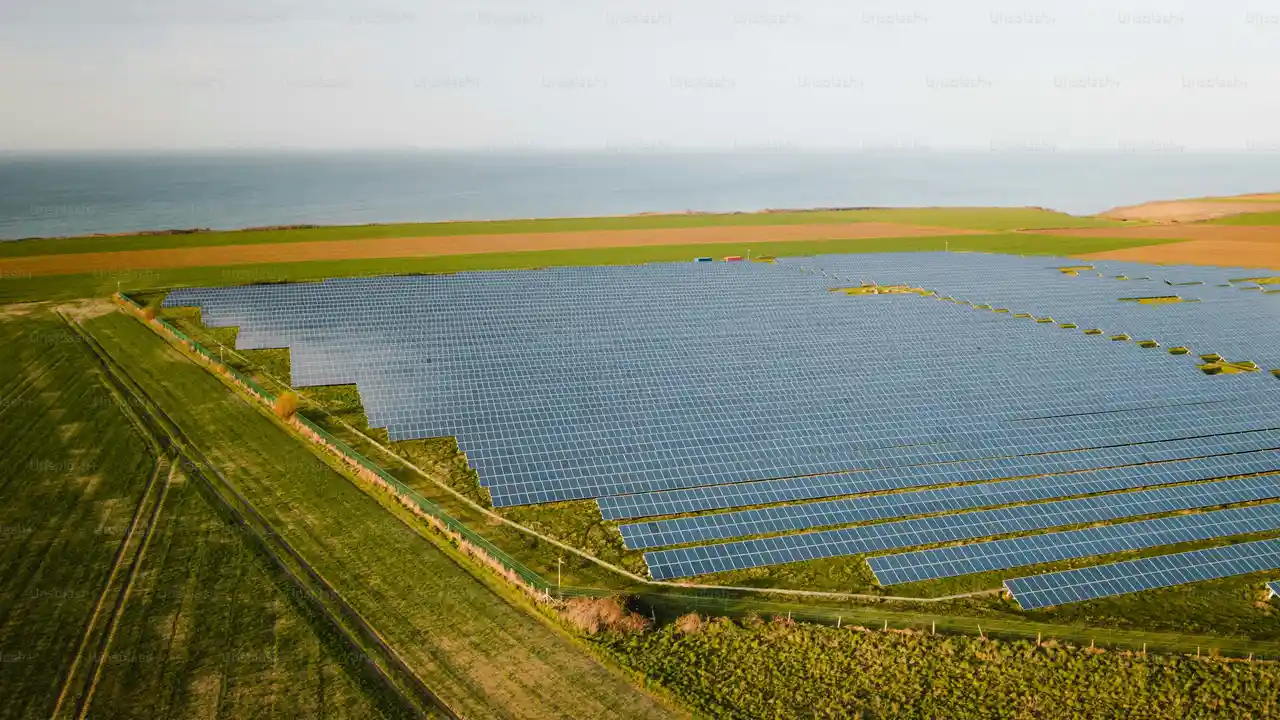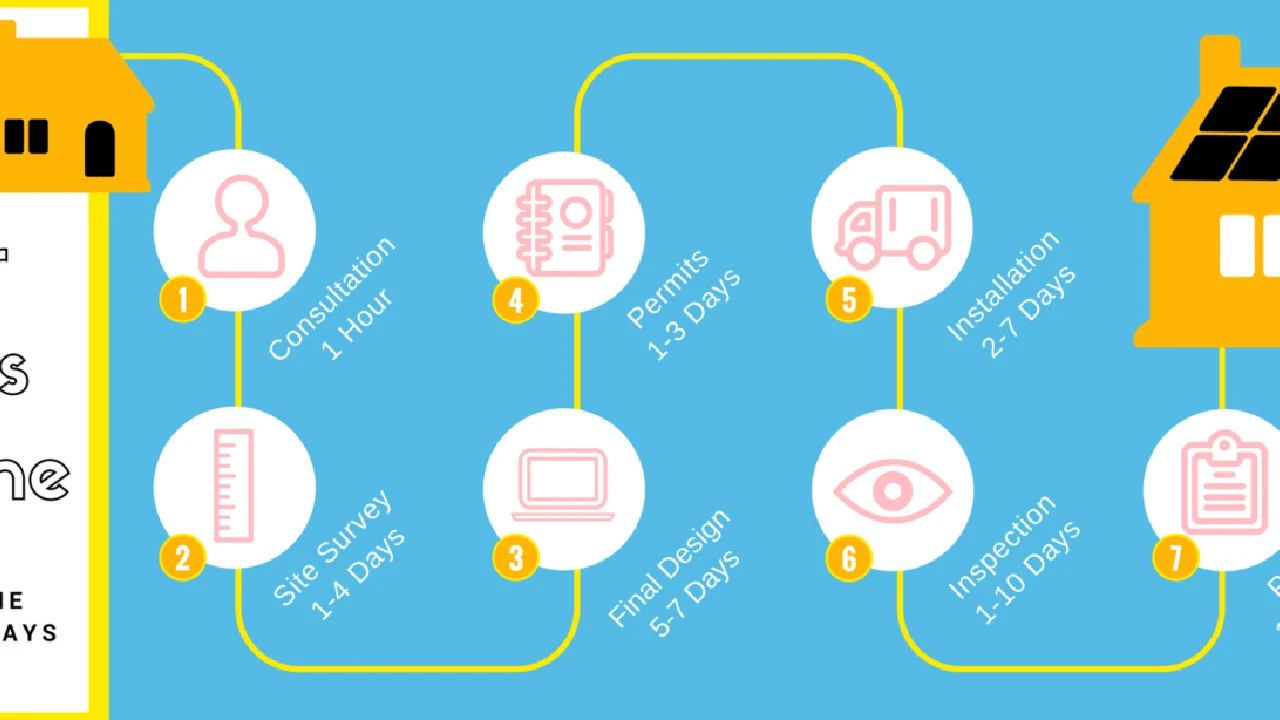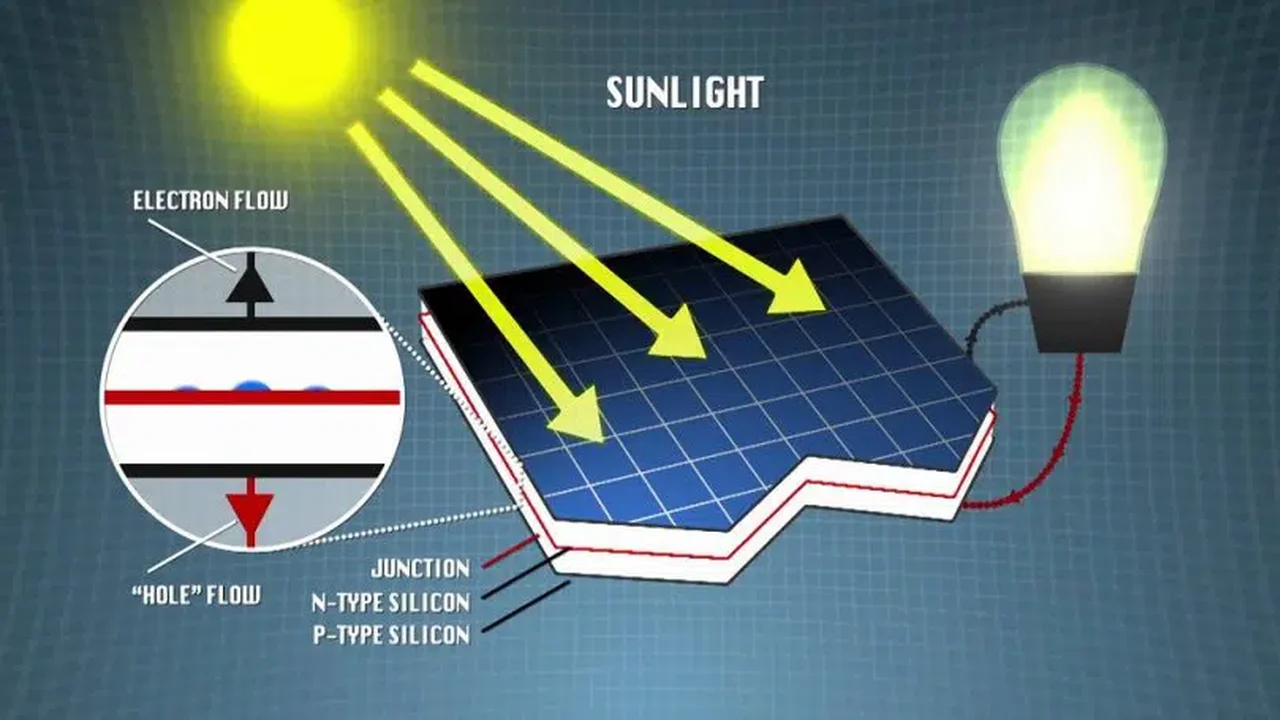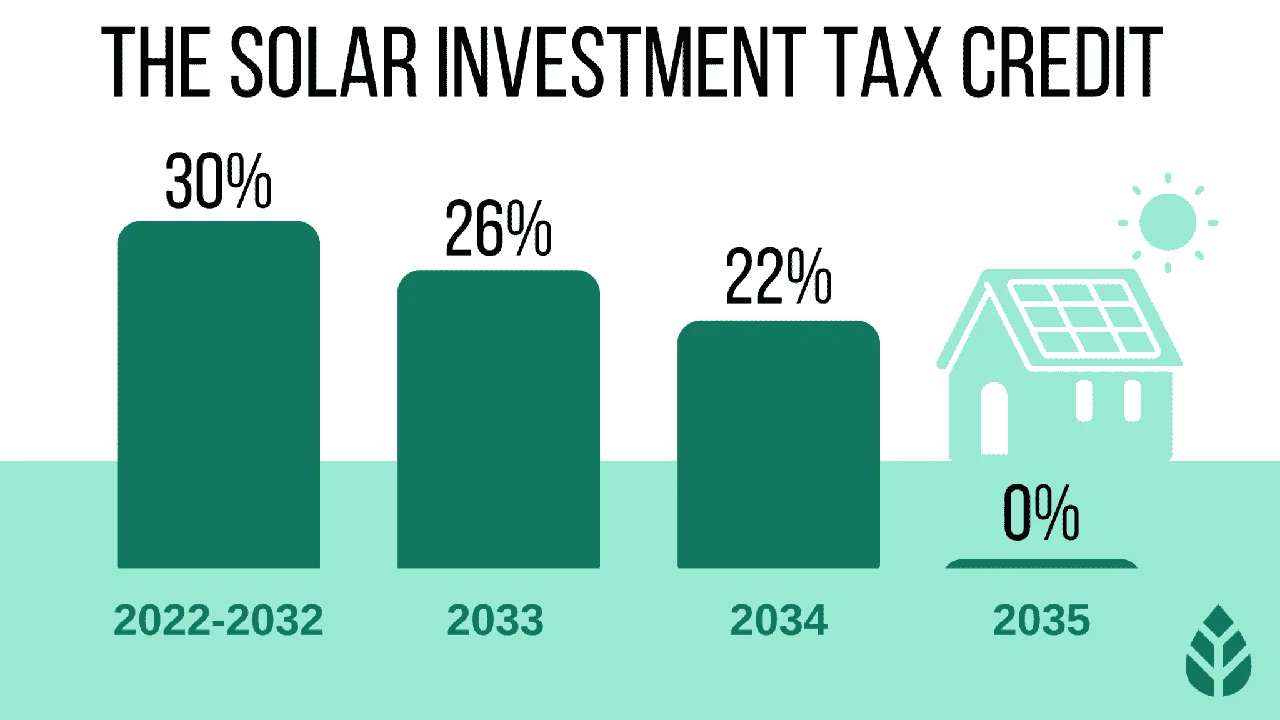Solar Panel and Wildlife: Preventing Damage
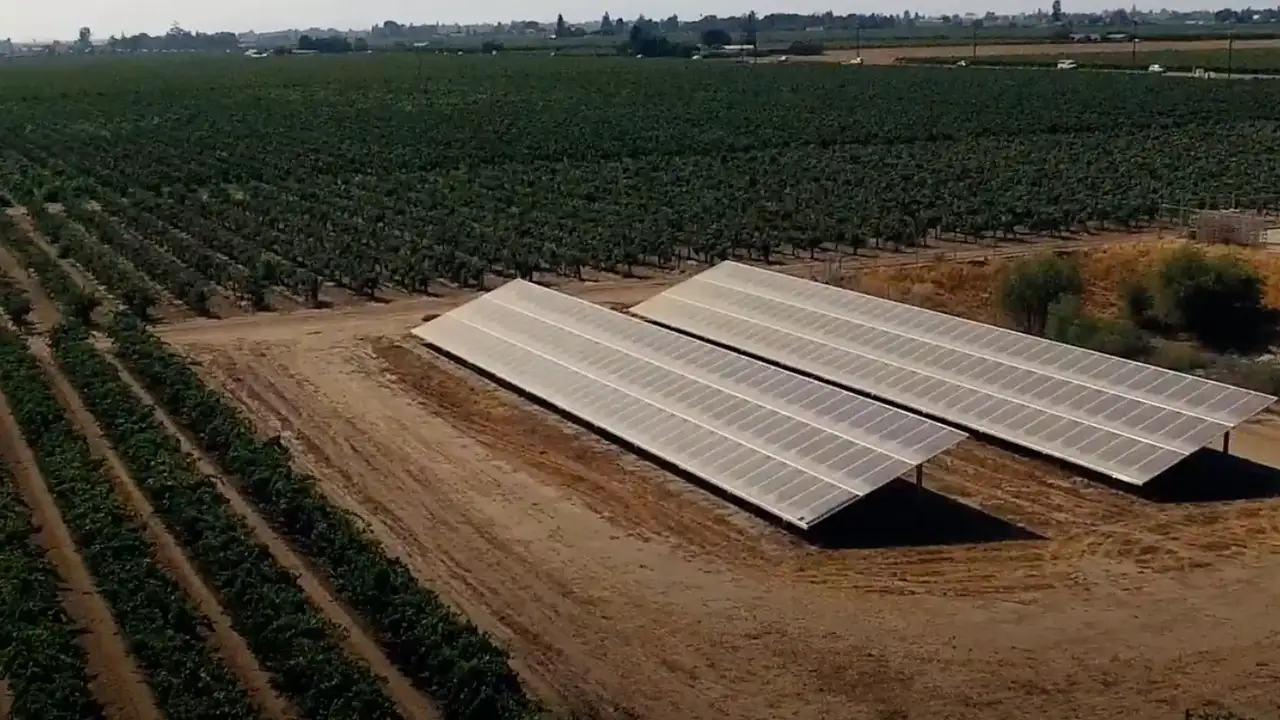
Understanding the Potential Wildlife Impact on Solar Panel Systems
Alright, let's talk about something you might not immediately think of when you're going solar: critters! Your shiny new solar panels, while fantastic for your energy bill and the planet, can inadvertently become attractive real estate for various animals. We're talking birds, squirrels, rodents, and even larger creatures depending on your location. Why? Well, the space underneath the panels provides shelter from the elements, predators, and can even be a cozy nesting spot.
The problem is, these furry and feathered friends can cause some serious damage. Nests can block ventilation, leading to overheating and reduced efficiency. Chewed wires are a fire hazard and can shut down your system entirely. Droppings can corrode the panels and reduce their output. And let's be honest, nobody wants a squirrel condo on their roof.
Identifying Common Wildlife Pests Around Solar Arrays
Knowing your enemy is half the battle, right? So, who are the usual suspects when it comes to solar panel pests? Here's a rundown:
- Birds: Pigeons, starlings, and other birds love to nest under panels, bringing in twigs, leaves, and other debris. Their droppings are also highly corrosive.
- Squirrels: These little guys are notorious for chewing on wires. They're always looking for something to gnaw on, and electrical wires are unfortunately a tempting target.
- Rodents (Rats & Mice): Similar to squirrels, rodents can chew wires and build nests under panels, creating a fire hazard and reducing efficiency.
- Raccoons: In some areas, raccoons can be a nuisance, especially if they're looking for a safe place to raise their young.
- Snakes: While not directly damaging, snakes are drawn to the warmth and shelter under panels, which can be unsettling for homeowners.
Effective Solar Panel Wildlife Deterrent Strategies and Solutions
So, how do you keep these critters away without harming them? Here are some tried-and-true methods:
- Solar Panel Bird/Critter Guards: These are mesh barriers that are installed around the perimeter of your solar panels, preventing animals from getting underneath. This is the most common and effective solution.
- Visual Deterrents: Things like owl decoys, reflective tape, and spinning devices can scare away birds. However, their effectiveness can wane over time as animals get used to them.
- Sonic Deterrents: Ultrasonic devices emit high-frequency sounds that are unpleasant to animals but inaudible to humans. These can be effective for some species, but their range is limited.
- Professional Pest Control: If you have a serious infestation, it's best to call in the professionals. They can safely remove animals and implement preventative measures.
- Vegetation Management: Keep trees and bushes trimmed away from your roof to prevent animals from easily accessing your solar panels.
Product Recommendations: Top Solar Panel Wildlife Guards and Their Applications
Okay, let's get specific. Here are a few recommended products to keep those critters at bay:
Product 1: Snap-N-Secure Solar Panel Bird Barrier
Description: This is a popular choice for its ease of installation and effectiveness. It's made from durable, weather-resistant PVC-coated steel mesh and comes in pre-cut sections that snap together. No drilling required!
Application: Ideal for homeowners looking for a DIY solution to prevent birds and squirrels from nesting under their solar panels.
Pros: Easy to install, durable, effective against a wide range of animals, no drilling required.
Cons: Can be slightly more expensive than other options, may require some trimming for odd-shaped arrays.
Price: Approximately $3-$5 per linear foot.
Usage Scenario: A homeowner in a suburban area with a pigeon problem installs Snap-N-Secure around their solar panels. They no longer hear birds cooing under the panels and the panels stay cleaner.
Product 2: Bird B Gone Solar Panel Bird Deterrent Kit
Description: This kit includes bird netting, clips, and adhesive to create a barrier around your solar panels. The netting is made from UV-resistant polyethylene and is designed to last for years.
Application: Suitable for homeowners who want a more discreet solution, as the netting is less visible than solid mesh.
Pros: Less visible, relatively inexpensive, effective against birds.
Cons: Can be more difficult to install than snap-on guards, may not be as effective against squirrels or rodents, requires adhesive.
Price: Approximately $2-$4 per linear foot.
Usage Scenario: A homeowner association has rules about visible modifications to homes. The homeowner uses the Bird B Gone kit because it's less noticeable while still preventing birds from nesting.
Product 3: Critter Guard Solar Panel Protection System
Description: A more robust system designed to deter a wider range of animals, including squirrels, rodents, and even raccoons. It features a heavier-gauge mesh and a more secure attachment system.
Application: Recommended for homeowners in areas with a high population of squirrels, rodents, or other larger animals.
Pros: Very durable, effective against a wide range of animals, secure attachment system.
Cons: More expensive than other options, can be more difficult to install.
Price: Approximately $5-$8 per linear foot.
Usage Scenario: A homeowner in a rural area with a known squirrel problem installs the Critter Guard system. They haven't had any issues with chewed wires or nests under their panels since.
Comparing Solar Panel Wildlife Deterrent Products: Choosing the Right Solution for Your Needs
So, how do you choose the right product? Here's a quick comparison:
| Product | Effectiveness | Ease of Installation | Cost | Best For |
|---|---|---|---|---|
| Snap-N-Secure | High | Easy | Moderate | General bird and squirrel protection |
| Bird B Gone | Moderate | Moderate | Low | Bird protection where aesthetics are a concern |
| Critter Guard | Very High | Difficult | High | Areas with high wildlife pressure or larger animals |
Consider the types of animals that are common in your area, your budget, and your DIY skills when making your decision. Also, check your solar panel warranty, as some deterrent methods (like drilling) could void it.
The Importance of Professional Installation for Solar Panel Wildlife Protection
While many of these solutions are DIY-friendly, professional installation is often recommended, especially for larger or more complex solar arrays. A professional installer can ensure that the guards are properly installed and secured, preventing animals from finding a way in. They can also identify potential problem areas and recommend the best solution for your specific situation.
Long-Term Maintenance and Monitoring for Wildlife Damage to Solar Panels
Even with the best deterrents in place, it's important to regularly inspect your solar panels for signs of wildlife damage. Look for nests, droppings, chewed wires, or any other unusual activity. Clean your panels regularly to remove debris and droppings, which can attract pests and reduce efficiency. A quick visual inspection every few months can save you a lot of headaches (and money) in the long run.
The Cost-Benefit Analysis of Investing in Solar Panel Wildlife Protection
Okay, let's talk money. Investing in wildlife protection might seem like an extra expense, but it can actually save you money in the long run. Repairing damaged wires, replacing corroded panels, and dealing with lost energy production can be costly. A relatively small investment in preventative measures can prevent these problems from occurring in the first place. Plus, it gives you peace of mind knowing that your solar investment is protected from unwanted guests.
DIY vs Professional Solar Panel Wildlife Mitigation Strategies
Deciding whether to tackle wildlife mitigation yourself or hire a pro depends on several factors. DIY is definitely an option for simple installations with readily accessible panels. If you're comfortable working on your roof, have the necessary tools, and are confident in your abilities, go for it! However, if your roof is steep, your panels are difficult to reach, or you're dealing with a serious infestation, it's best to leave it to the professionals. They have the experience, equipment, and expertise to safely and effectively address the problem.
:max_bytes(150000):strip_icc()/277019-baked-pork-chops-with-cream-of-mushroom-soup-DDMFS-beauty-4x3-BG-7505-5762b731cf30447d9cbbbbbf387beafa.jpg)



